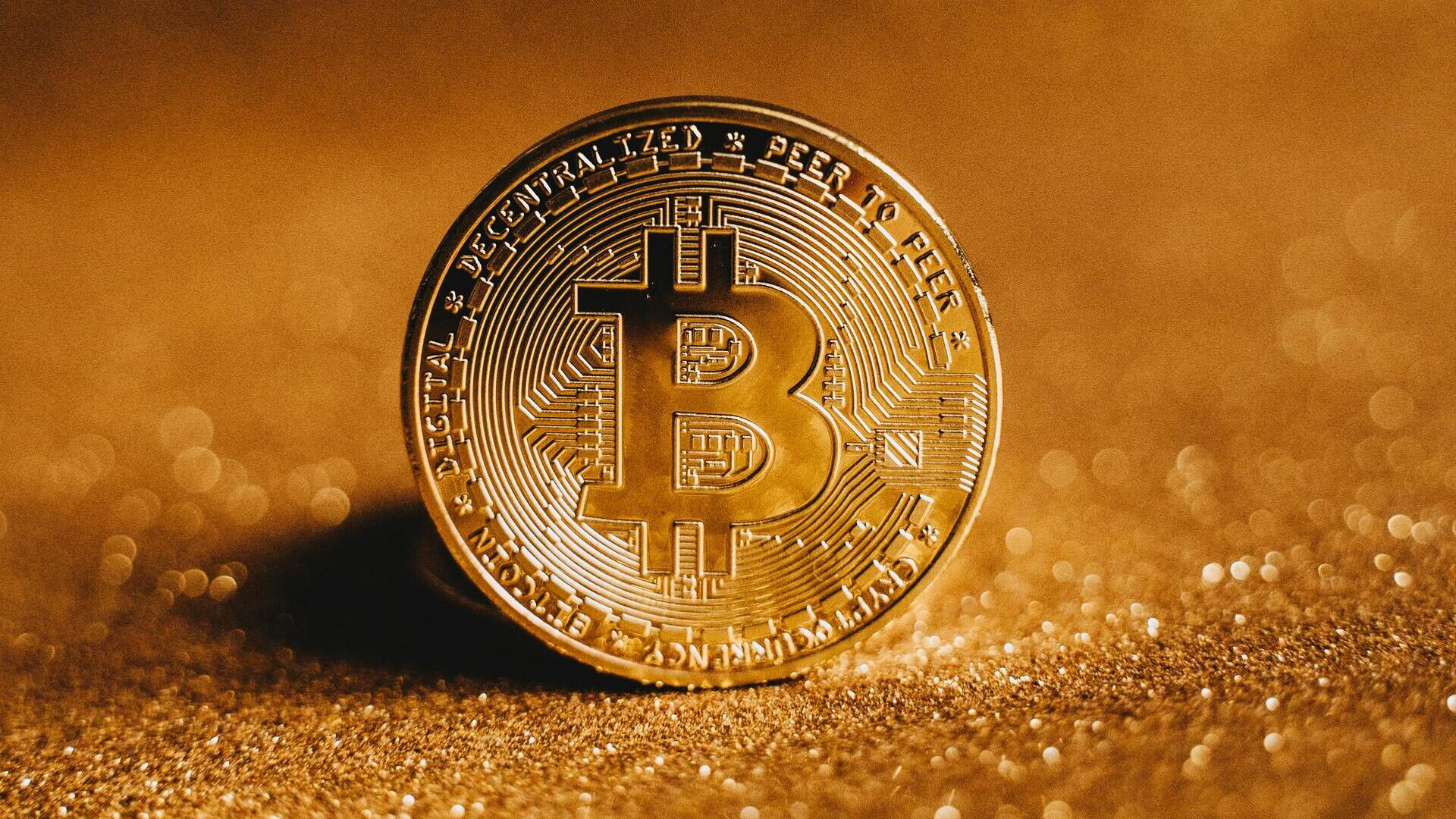The report, authored by economists Marion Laboure and Camilla Siazon, suggests that Bitcoin is beginning to display traits akin to gold. Its capped supply and expanding liquidity are gradually reducing its relative volatility, nudging it toward gold’s traditional role as a shield against dollar weakness, geopolitical strain, and inflation.
Sustained demand for gold, heavily fueled by central bank purchases and buying from countries like China, underscores that the two assets are climbing together rather than competing. Within this context, Deutsche Bank puts forward a forward-looking idea: a strategic allocation to Bitcoin could emerge as a modern pillar of financial security, and it expects Bitcoin to appear on central bank balance sheets by 2030.
A New Perspective on Traditional Diversification
The core idea from Deutsche Bank moves beyond the “Bitcoin versus gold” debate. The two assets are seen as complementary, not substitutes. This is largely due to their different correlation patterns with traditional markets.
Gold has a strong negative correlation with the U.S. dollar and links to interest rates, while Bitcoin has shown near-zero correlation with major stock indices and a very low correlation with gold itself. This means they diversify portfolios across different channels. For institutional treasuries and reserve managers, even a minor allocation to Bitcoin could potentially reduce overall portfolio risk because its price movements operate independently of other traditional assets.

Navigating the Path to Institutional Adoption
Despite the optimistic forecast, the path to widespread adoption in official reserves is not without hurdles. Deutsche Bank acknowledges that Bitcoin still lacks the deep-rooted trust and transparency of established reserve assets. Volatility, though declining to historic lows, and concerns over cybersecurity remain key concerns for regulators and conservative institutions like the European Central Bank, which emphasizes that reserves must remain “liquid and secure”.
The convergence of gold and Bitcoin in institutional strategy reflects a response to a changing macroeconomic landscape, including de-dollarization trends and the search for reliable stores of value. For macro traders and reserve managers, the next test will be monitoring how Bitcoin’s liquidity deepens and how regulatory frameworks evolve in the coming quarters. These factors will ultimately determine whether Deutsche Bank’s 2030 forecast becomes a standard reserve practice.


